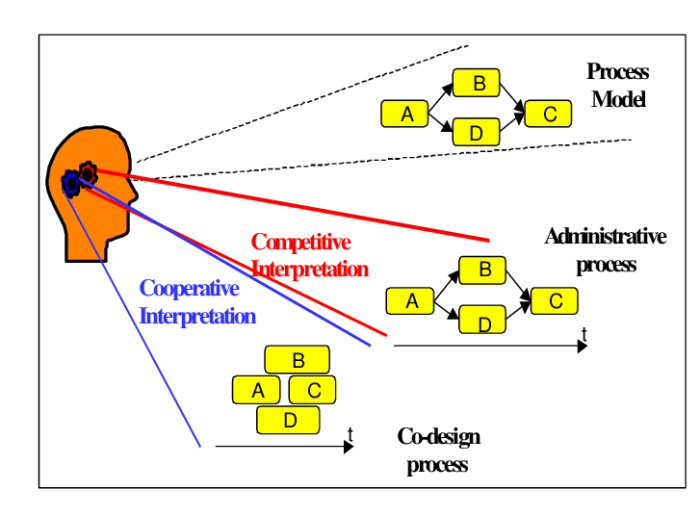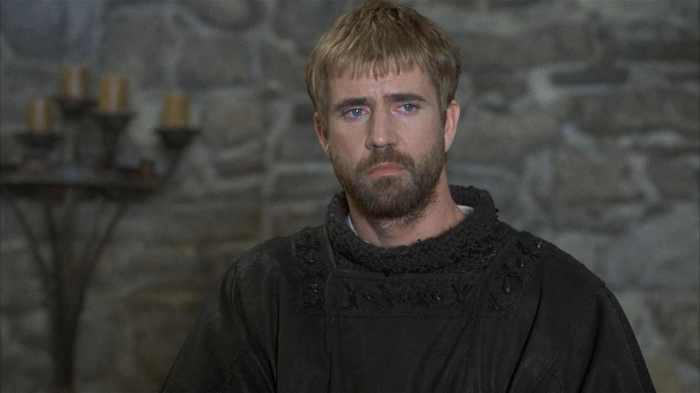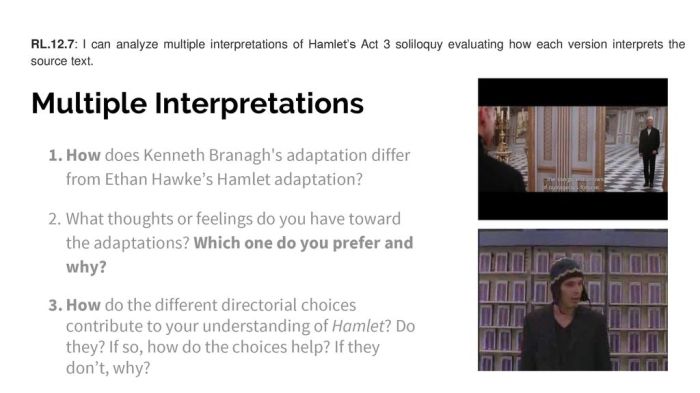How do the actors portrayals affect their adaptations of hamlet – How do the actors’ portrayals affect their adaptations of Hamlet? This question delves into the profound impact that actors’ interpretations have on the overall adaptation of Shakespeare’s timeless masterpiece. From character interpretation to modern reinterpretations, cultural influences, and directorial vision, this exploration unravels the intricate relationship between actors’ portrayals and the resulting adaptations of Hamlet.
Actors’ physicality, vocal delivery, and emotional expression breathe life into the character of Hamlet, shaping the audience’s perception and understanding of the play. Modern adaptations, influenced by contemporary cultural and societal perspectives, offer fresh insights into Hamlet’s character, reflecting the ever-evolving interpretations of the play.
Character Interpretation and Portrayal: How Do The Actors Portrayals Affect Their Adaptations Of Hamlet

Actors have portrayed Hamlet in various ways, reflecting their personal interpretations and the prevailing cultural context. For instance, Laurence Olivier’s 1948 film adaptation presented Hamlet as a brooding, introspective intellectual, while Kenneth Branagh’s 1996 version depicted him as a passionate and impulsive young man.
These contrasting interpretations impact the overall adaptation. Olivier’s Hamlet emphasizes the psychological torment and philosophical depth of the character, while Branagh’s highlights the emotional turmoil and tragic nature of his journey.
Physicality, Vocal Delivery, and Emotional Expression
Actors use their physicality, vocal delivery, and emotional expression to convey their interpretations of Hamlet. Olivier’s physical movements are deliberate and controlled, reflecting Hamlet’s intellectual nature. In contrast, Branagh’s Hamlet is more expressive, using gestures and body language to convey his inner turmoil.
Similarly, Olivier’s vocal delivery is measured and precise, while Branagh’s is more varied and emotional. Both actors use pauses and silences effectively to create dramatic tension and highlight Hamlet’s introspective nature.
Modern Adaptations and Reinterpretations
Modern adaptations of Hamlet have reinterpreted the play through a contemporary lens. For example, Michael Almereyda’s 2000 film version set the story in modern-day New York City, exploring themes of technology, surveillance, and alienation.
Actors in these adaptations bring fresh insights to the character of Hamlet. In Almereyda’s film, Ethan Hawke portrays Hamlet as a young filmmaker struggling with grief and the complexities of the modern world.
Changing Cultural and Societal Perspectives
Modern actors’ portrayals reflect changing cultural and societal perspectives on Hamlet. Almereyda’s Hamlet is a product of the digital age, grappling with issues of identity and purpose in a world dominated by technology.
These reinterpretations offer new perspectives on the play’s enduring themes of grief, madness, and the human condition, making them relevant to contemporary audiences.
Cultural and Historical Influences

Cultural and historical context influences the portrayal of Hamlet. For example, Olivier’s Hamlet was shaped by the post-World War II era, which emphasized psychological realism and existential themes.
Actors’ backgrounds and experiences also shape their interpretations. Branagh’s Irish heritage may have influenced his portrayal of Hamlet’s passionate and rebellious nature.
Prevailing Social and Political Climate
The prevailing social and political climate can also influence actors’ interpretations. Olivier’s Hamlet reflects the disillusionment and uncertainty of the post-war period, while Branagh’s Hamlet embodies the political and social turmoil of the 1990s.
These influences contribute to the diversity of Hamlet portrayals, ensuring that the play remains relevant and resonant across time and cultures.
Directorial Vision and Collaboration
The director plays a crucial role in shaping the actor’s portrayal of Hamlet. The director’s vision guides the actor’s interpretation, creating a cohesive and effective performance.
The director and actor collaborate closely, exploring the character’s motivations, relationships, and inner conflicts. They work together to develop a performance that is true to the text and aligns with the overall vision of the adaptation.
Influence on Actor’s Choices and Performance, How do the actors portrayals affect their adaptations of hamlet
The director’s vision influences the actor’s choices in terms of movement, vocal delivery, and emotional expression. The director may provide guidance on specific gestures, facial expressions, and line readings to convey the character’s thoughts and emotions effectively.
This collaboration ensures that the actor’s portrayal is consistent with the director’s interpretation and the overall artistic vision of the adaptation.
Impact on Audience Interpretation

The actor’s portrayal of Hamlet significantly impacts the audience’s interpretation of the play. Different interpretations can evoke different emotional responses and insights from the audience.
For example, Olivier’s Hamlet may elicit a sense of pity and admiration for his intellectual depth, while Branagh’s Hamlet may evoke a stronger sense of empathy and connection due to his passionate and relatable nature.
Audience’s Understanding and Appreciation
The actor’s performance can influence the audience’s understanding and appreciation of the play. A compelling portrayal can make the character more relatable, accessible, and emotionally resonant, enhancing the audience’s engagement with the story and its themes.
Ultimately, the actor’s portrayal of Hamlet serves as a conduit between the text and the audience, shaping their experience and interpretation of this timeless masterpiece.
Questions Often Asked
How do actors’ interpretations influence the overall adaptation of Hamlet?
Actors’ interpretations shape the play’s tone, character development, and audience reception by bringing their unique perspectives and experiences to the role.
How do modern adaptations of Hamlet reflect changing cultural and societal perspectives?
Modern adaptations reinterpret Hamlet through a contemporary lens, reflecting the evolving values, beliefs, and social issues of the present day.
How does the director’s vision impact the actor’s portrayal of Hamlet?
The director’s vision provides guidance and direction to the actors, shaping their interpretations and ensuring a cohesive and effective adaptation.